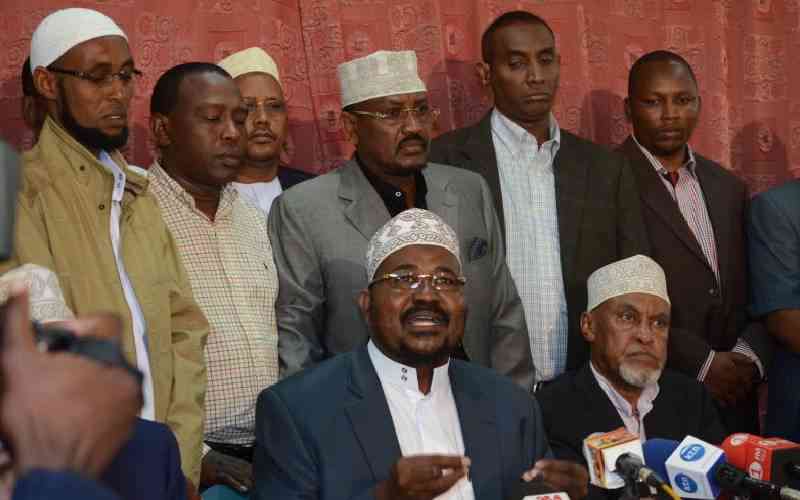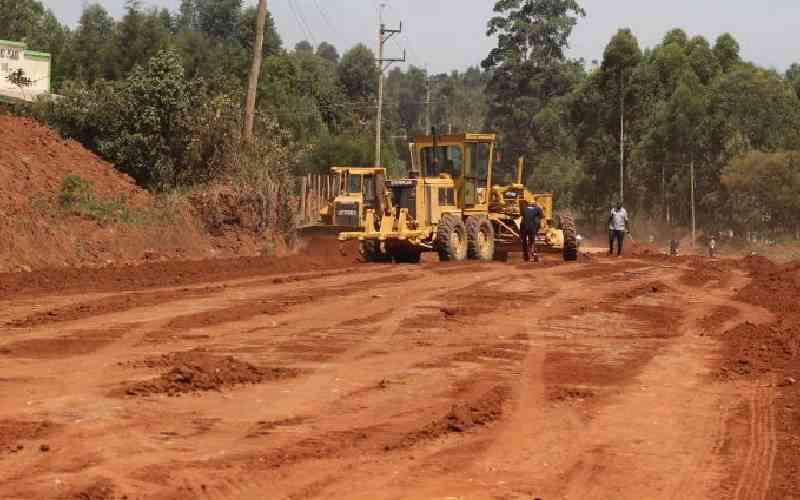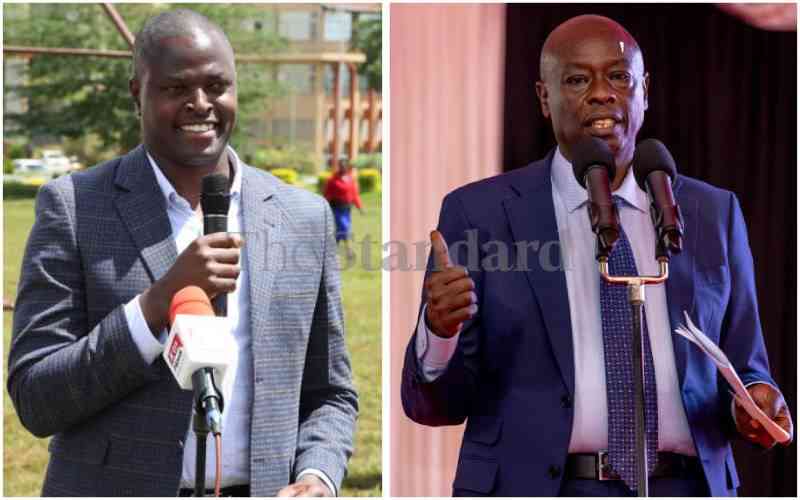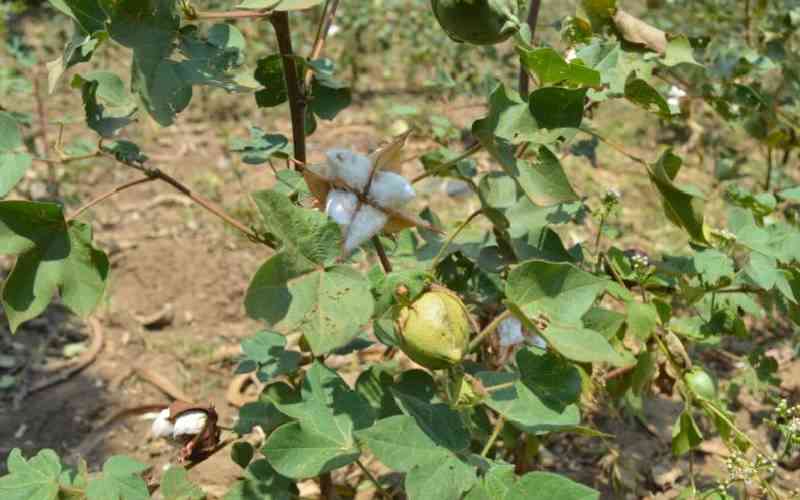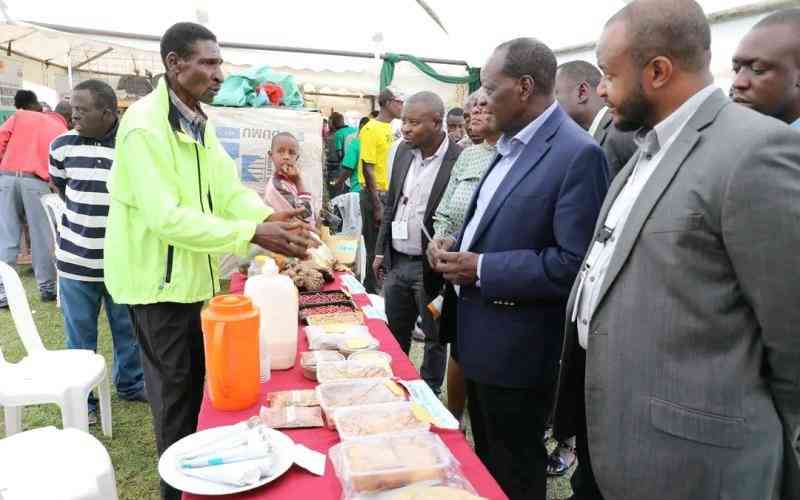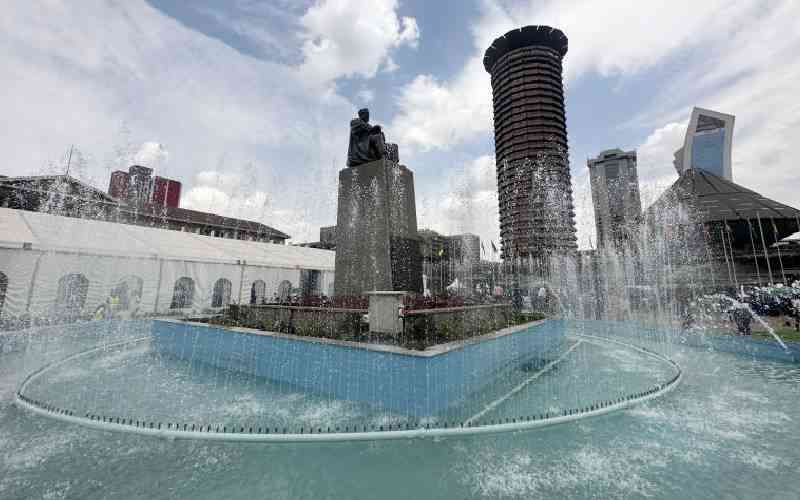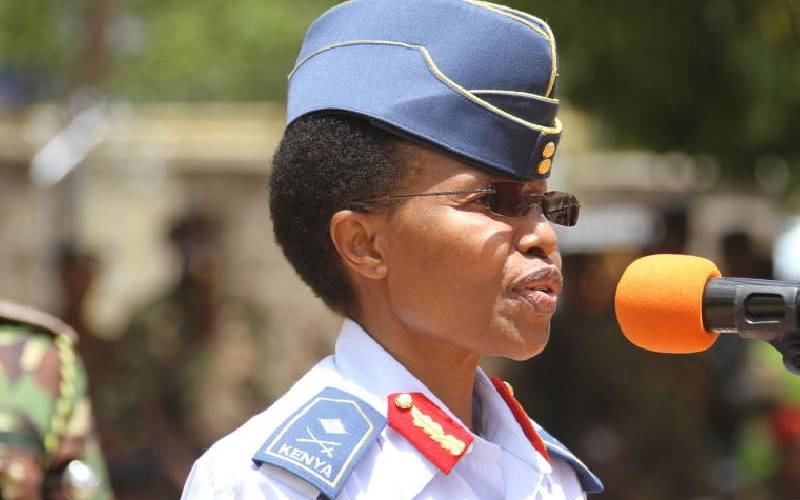By James Wanzala
It is midday as Education enters into Walala Primary School compound, about two-and-a-half kilometres from the Bungoma-Mumias Road in Musikoma area of Bungoma County.
Here, we meet with pupils carrying chairs on their heads as they move out of school. It is unimaginable, as the school head teacher later explains to this writer that these poor learners carry chairs from home to use in school and take them back later.
Walala Primary is a neglected and poor public school in Bungoma County and many regard it as ‘hardship school’. According to the head teacher, Mr Morris Omollo, the school was started in 2010 with a population of 163 pupils. It began with Classes One to Three, mainly to absorb pupils from neighbouring overpopulated schools.
Walala sits on three-quarters of an acre contrary to the two-and-a-half acres recommended by the Ministry of Education.
Currently, the school has 430 pupils with only Class Seven, with 42 pupils, under permanent roof. Class One, with 102 pupils, and Class Six are in mud-walled, iron sheet roofed classrooma. The rest learn under tents, trees or rocks.
“In 2011, foundations of three permanent classes were laid and another in 2012. All these projects are yet to be completed due to lack of funds,” says Mr Omollo.
Rain as a curse
During this rainy season, learning at Walala is nightmarish. Lessons are cut short as pupils scamper for shelter in the two roofed classrooms. Sometimes the school is forced to close for the day because the classes cannot shelter all the pupils.
“Teachers share toilets with pupils. We sometimes share the neighbour’s toilet,” revealed a teacher who preferred to remain anonymous.
Forget the sharing of toilets and lack of playing ground, the head teacher and his deputy share the same office and table.
“Here, there is no secret especially when one of us has to meet a teacher, pupil or parent,” adds Omollo.
Walala lacks the very basics including desks. Pupils are sometimes forced to write or even draw on their laps. Some classes use improvised arm-chairs commonly known as makaka in local Luhya dialect.
Dumping zone
Interestingly, Walala has a relatively high population despite its poor state. Omollo says most of his pupils transfer from neighbouring schools due to “unaffordable” school fees or indiscipline. For him, the community considers Walala a “dumping zone” for learners.
Stay informed. Subscribe to our newsletter
He says he and his colleagues are committed to ensure the school prepares these pupils to be responsible citizens and leaders of tomorrow. “We are committed to helping them become great people in the society with the little facilities at our disposal. They will build good schools in their areas in future,” he adds.
Omollo joined this school in January last year and says their performance trend is impressive. He is optimistic by the time he registers the school’s first class for KCPE exams next year, he and his team will have prepared them to write history in Western region. He says going by last year’s district mock exams — which they performed “very well” — his pupils have the potential to perform.
Hardship school
However, this seems an uphill task for Walala, which continues to battle with teacher deficit. Omollo says many teachers describe it as “punishment” to work here and have declined transfers to the humble school. “Teachers consider this a hardship school. They refuse transfers to Walala even before they see it,” he adds.
Walala has seven TSC-employed teachers, three employed by PTA and two teachers in Early Childhood Development.
Omollo desperately needs at least three more teachers to ease understaffing and requests the Government to do something about the many Walala predicaments.
 The Standard Group Plc is a
multi-media organization with investments in media platforms spanning newspaper
print operations, television, radio broadcasting, digital and online services. The
Standard Group is recognized as a leading multi-media house in Kenya with a key
influence in matters of national and international interest.
The Standard Group Plc is a
multi-media organization with investments in media platforms spanning newspaper
print operations, television, radio broadcasting, digital and online services. The
Standard Group is recognized as a leading multi-media house in Kenya with a key
influence in matters of national and international interest.
 The Standard Group Plc is a
multi-media organization with investments in media platforms spanning newspaper
print operations, television, radio broadcasting, digital and online services. The
Standard Group is recognized as a leading multi-media house in Kenya with a key
influence in matters of national and international interest.
The Standard Group Plc is a
multi-media organization with investments in media platforms spanning newspaper
print operations, television, radio broadcasting, digital and online services. The
Standard Group is recognized as a leading multi-media house in Kenya with a key
influence in matters of national and international interest.

